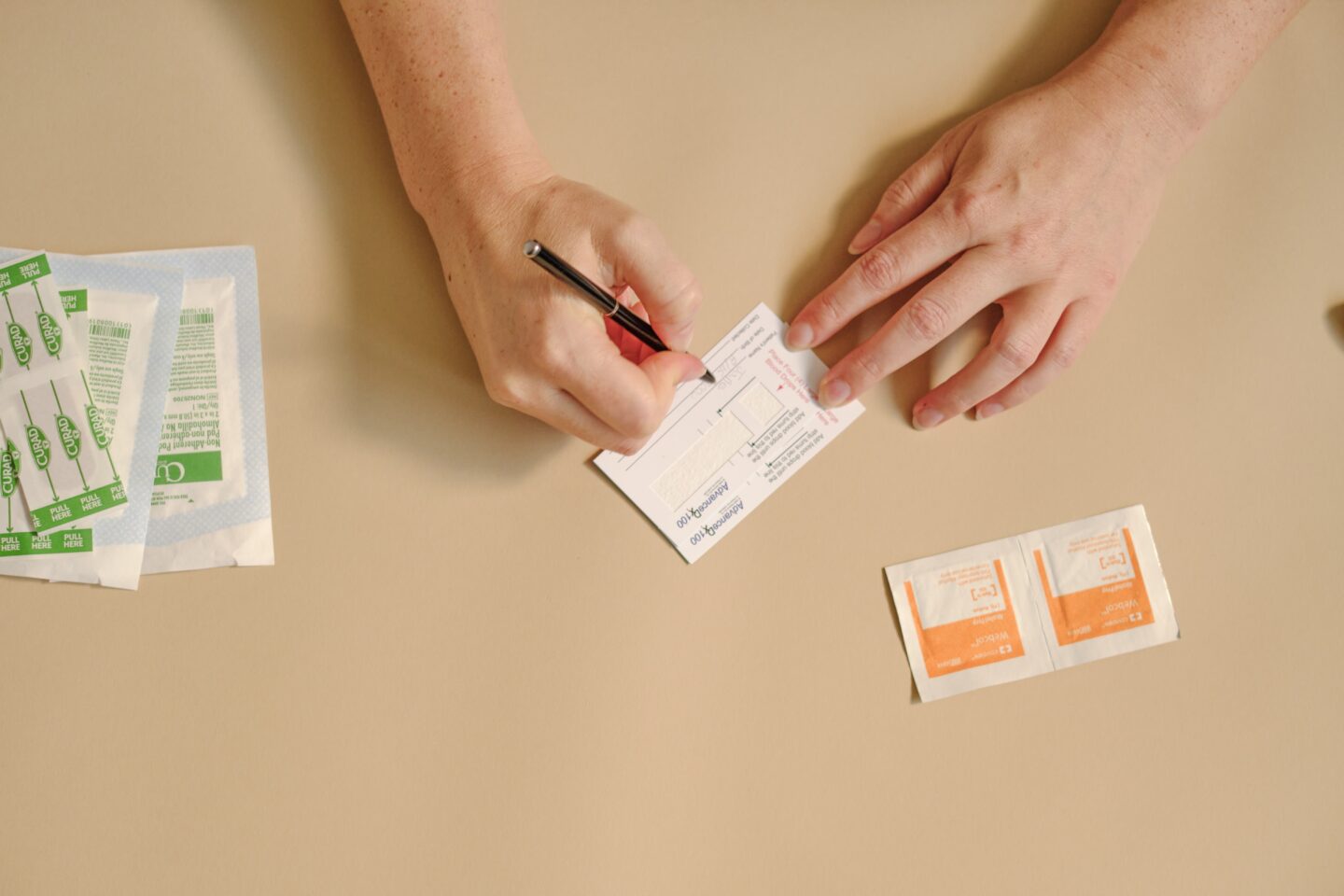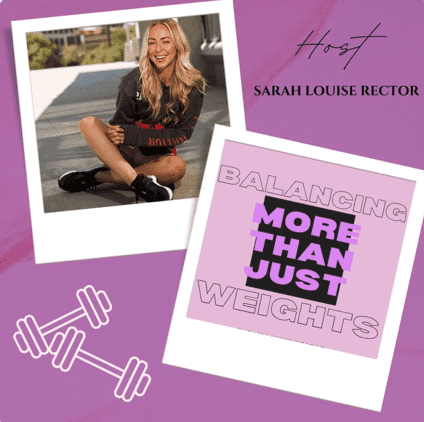I had my first cramps before I had my first period. Nobody had warned me about cramps. I thought my appendix had burst. I remember lying, face down, in the fetal position on my parents’ bed while my mom gently explained that my period might be coming. She was right.
Menstrual cramps would continue to torment me. One out of every four weeks, for the next 15 years, I’d take two ibuprofen every four waking hours for a full week at a time, sometimes waking up in the night to take more. If I got caught without ibuprofen it was game over.
Around age 14 or 15 I finally brought it up with my doctor. She recommended going on birth control pills. Getting my cycles more regular, she said, might help with the severity of the cramping. I had some teen “bacne”, and it could help there too as a bonus. Sure, why not.
I have no idea if being on the pill helped the cramps. Or the acne, for that matter.
At 19, a college nurse recommended I try naproxen sodium instead of ibuprofen for cramps. Take two at the first sign of them, she said, then just one at a time, as needed, after that. They’d never come back. Two naproxen, apparently, was all it ever took to cure my cramps. I wondered why no one had told me this earlier.
Various times throughout my teens and 20’s, doctors would occasionally switch me to a different pill. I didn’t pay much attention to the details. Sometimes brand name to generics, sometimes to a different formulation, and at least once it was, “You probably don’t need that high of a dosage, want to try less?” — like many patients, I just agreed to whatever the doctor said.
Like many patients, I just agreed to whatever the doctor said.
After about 10 years on the pill, I asked my doctor about IUDs. I had heard of them mostly through the grapevine, and was drawn to the “set it and forget it” angle. I don’t remember discussing with my doctor any pros and cons, or side effects, or risks. I do recall the doctor told me it could “migrate” or “puncture” but that that’s ultra rare. I was given a Kyleena IUD.
Getting the IUD inserted was the most painful moment of my entire life. There was no warning. There might have been a “this might hurt a bit,” but that sort of generic comment doesn’t prepare you to see stars, for all the blood to drain from your face, to feel like someone ripped open your insides.
With the IUD in, I stopped getting my period altogether. I stopped having any cramps. It was an enormous blessing.
Is adyn right for you? Take the quiz.
Meanwhile I was in graduate school, and things were challenging, to say the least. I’ve read that depression, anxiety, and gastrointestinal issues like IBS can onset in your 20’s, so I’ll never know if the insurmountable stress of grad school caused these problems for me, or if their time had just come.
After graduating and transitioning into a much-less-stressful life, I was incredibly disappointed when these health problems didn’t go away. I had gotten married, moved a few times, switched jobs, but this was all normal stressful stuff. Not enough to explain the crippling despair I was feeling. I finally told a doctor, and she put me on antidepressants. It helped a lot, but I never loved it. Different meds had different side effects. I landed on escitalopram, an SSRI, which seemed to have the least ill effects.
My IUD was slated to last five years. When it expired, I wasn’t sure if I could bear to have another inserted. Happily married, settled into a house and area we like, we were starting to think about thinking about maybe thinking about having kids, and decided to just raw dog it. Getting the IUD out wasn’t fun, but wasn’t nearly as bad as getting it put in.
The next few weeks, my depression was the worst it had been in years. I was still taking 20 mg of escitalopram. I made myself wait a month post-IUD to see if I’d start to feel better before contacting my doctor. I didn’t. She suggested some med changes and that I make an appointment. For whatever reason, I just waited for my appointment.
Like what you’re reading? Get the latest straight to your inbox 💌
Those next few weeks, something changed. My period was back (cramps and all, though not nearly as bad as they had been in my teens). The depression waned, and at the same time, my brain started to feel funny. I was restless, and unfocused, and started to have feelings akin to waves of electrical energy pulsing through my head. I knew this feeling: Brain zaps. It’s something that happens when you’re changing doses of SSRIs. But I hadn’t changed the dose.
At my appointment, now two months post-IUD, my doctor said my symptoms actually sounded like my SSRI dosage was way too high. In fact, she said, there was a chance I didn’t need the antidepressants any more at all.
I tapered off of them and felt fine for the first time in many years.
Had the IUD been causing the depression? It definitely never occurred to me that my IUD was causing me any trouble. And I’m certainly disappointed that no medical provider ever mentioned it as a possibility.
However, my mental health boost was short-lived, only lasting a few months.
So when I heard about adyn and The Birth Control Test, I was certainly intrigued. What’s the best for my biology — something that won’t exacerbate my pre-existing health problems?
Could my IUD have been worsening my depression? I couldn’t wait to find out.







